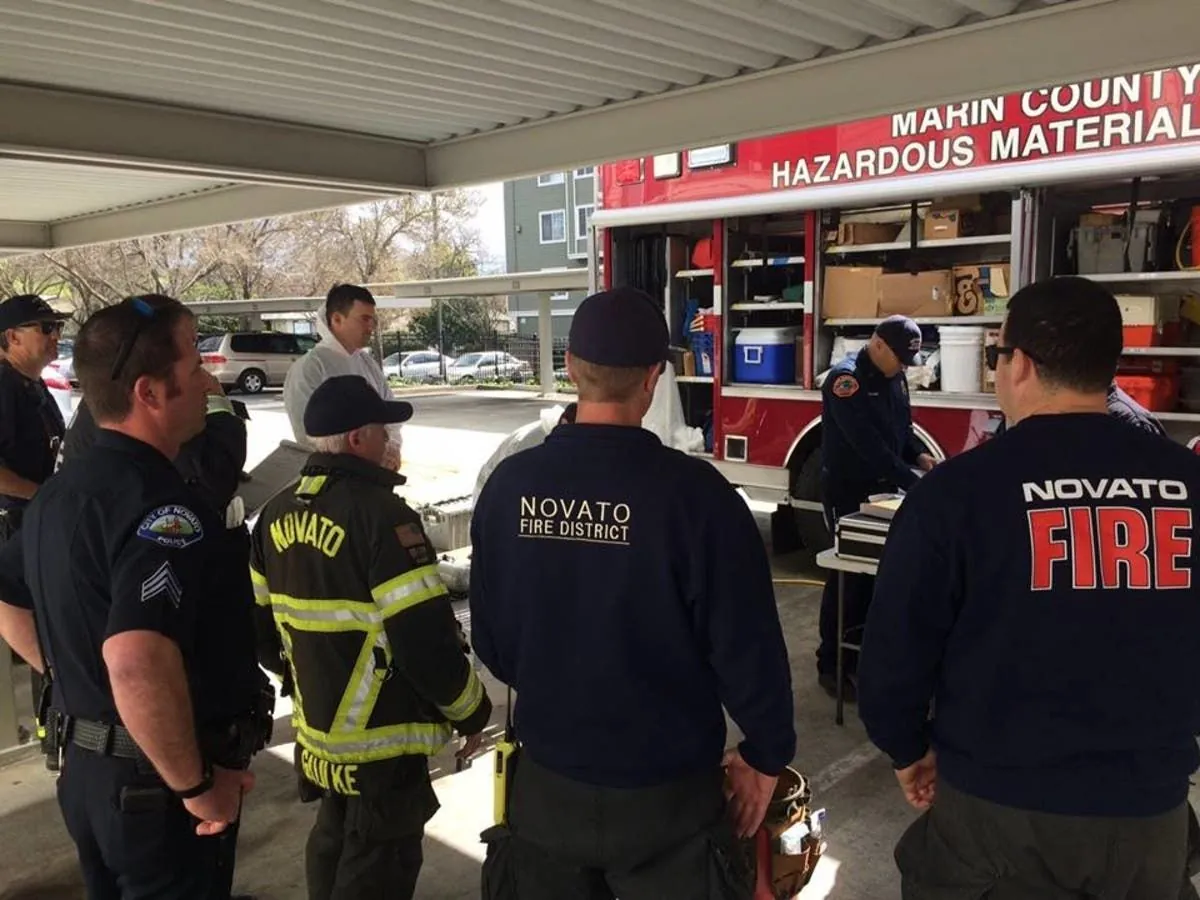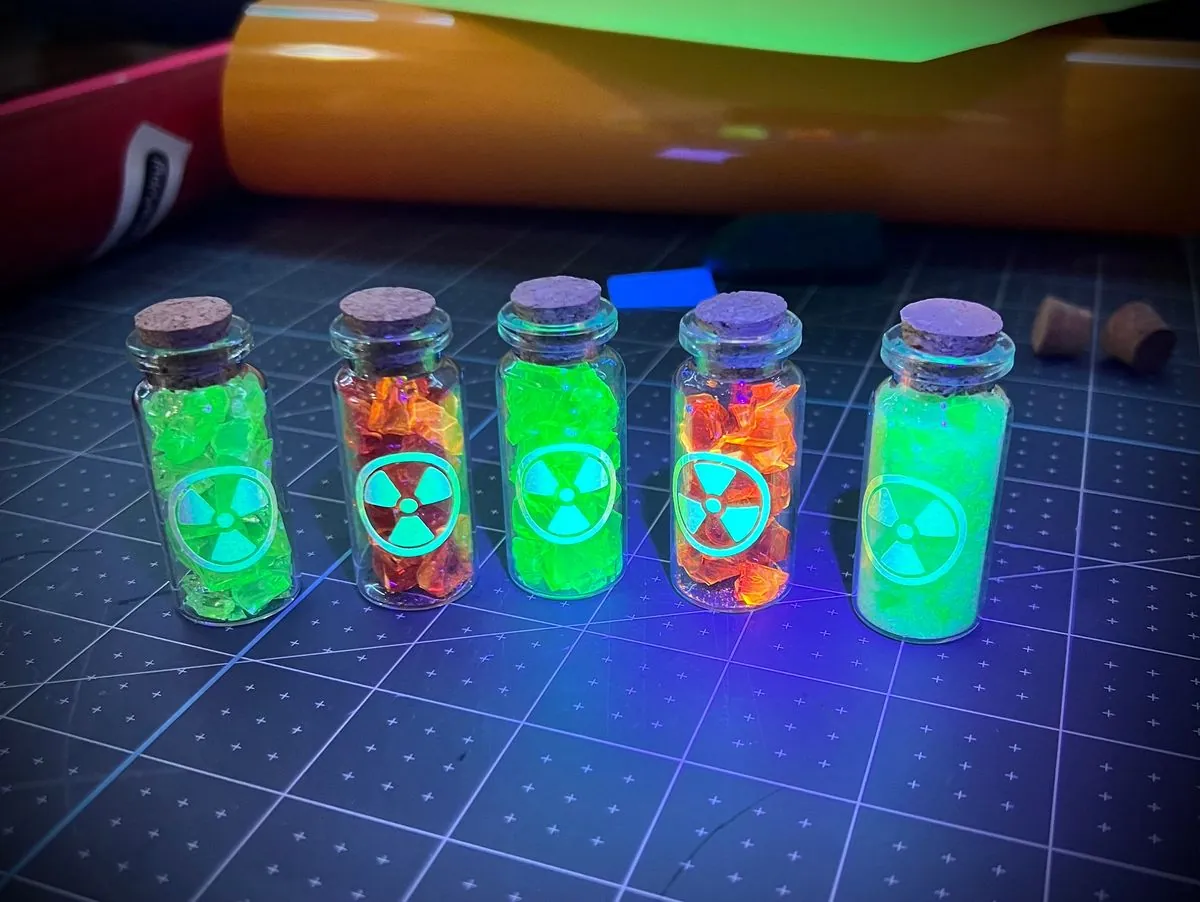Potential Radioactive Materials Discovered in Polish Residential Area
Polish authorities investigate suspected radioactive substances in a western village. Around 50 containers found in a residential building, with no immediate threat to public safety reported.

In a recent development, Polish authorities have launched an investigation into the discovery of potentially radioactive materials in a residential area. The incident, which occurred on September 6, 2024, has drawn attention to the challenges of managing radioactive substances and the importance of proper regulation.
Wojciech Adamczyk, a local police spokesperson, confirmed that approximately 50 containers holding substances exhibiting signs of radioactivity were found in a house in Siedlec, a village located about 100 kilometers from the German border. The materials were stored in various small glass and plastic containers.
Martin Halasz, a firefighters' spokesperson, stated that the chemical threat unit was dispatched to assess the situation. He mentioned that radium might be among the substances identified, though further analysis is needed to determine the full range of materials present.

It's worth noting that radium, discovered by Marie and Pierre Curie in 1898, is highly radioactive with a half-life of 1600 years. Historically, radium was used in various consumer products, including watch dials and health tonics, before its dangers were fully understood.
Despite the radioactive nature of the materials, authorities have assured the public that there is no immediate threat to human life or health. The concentration levels detected do not warrant evacuation of the surrounding area. This assessment aligns with the standards set by the International Atomic Energy Agency (IAEA) for radiation protection.
The discovery raises questions about the legality of possessing such materials. Poland, as a member of the European Atomic Energy Community (Euratom) and a participant in the Global Initiative to Combat Nuclear Terrorism (GICNT), has strict regulations governing radioactive substances. The Polish National Atomic Energy Agency (PAA) is responsible for overseeing nuclear safety and radiological protection in the country.
This incident highlights the ongoing challenges in managing radioactive materials, especially given Poland's history of uranium mining during the Cold War era. While Poland currently has no operating nuclear power plants, it plans to build its first by 2033, underscoring the need for robust safety measures and public awareness.
As the investigation continues, authorities will work to determine the origin of these materials and ensure their proper disposal. The case serves as a reminder of the importance of vigilance and proper handling of potentially hazardous substances in residential areas.
"Investigations are still ongoing, but this intervention is carried out on private property, in a residential building... that has a garage and we have information about 50 different sources of substances that may be radioactive."
The discovery of these materials in a residential setting emphasizes the need for continued public education on the risks associated with radioactive substances and the importance of reporting any suspicious findings to the appropriate authorities.


































